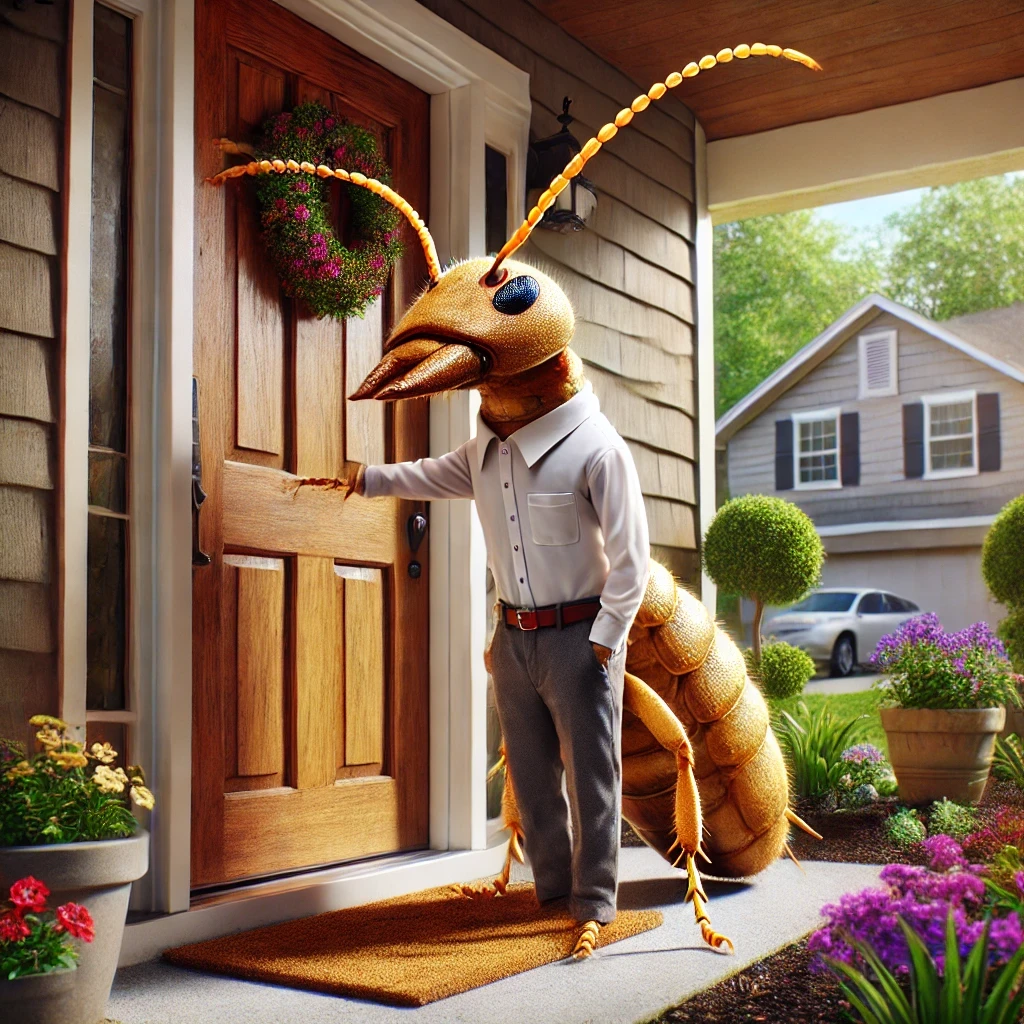Muskrat Extermination for Homeowners
What are muskrats?
Muskrats look a lot like beavers or otters, so that might be a helpful hint as to what muskrats are! They are rodents that are less than one foot long, weighing a couple of pounds. They are about four times bigger than the average house rat. They have long tails and have dark, thick, short, and spiky hair. They are semiaquatic, meaning they spend most of their time in the water, but also spend time on land.
Muskrats are closely related to voles, American mice, and Eurasian hamsters. Muskrats are native to North America, but they have been introduced into the climates of Europe and northern Asia. Muskrats use a “musky” odor to mark their territory, which is perhaps where they got their name from.
Muskrats are prolific breeders, where the females can birth 12 to 24 babies per year. Nature keeps balance, though – muskrats have a lot of predators. Examples of their predators are bears, foxes, alligators, and bull sharks.
Where are they found?
Because they are semiaquatic mammals, they are mostly found in wetlands. Wetlands are areas of land where the soil is mostly covered by water; thus, making the land wet! If you think of thin, long-legged birds, you are probably picturing a wetland in your mind, without even knowing it! Muskrats build their nests in wetlands. These nests are built into the bank of a body of water, and the entrance to the nest is underwater.
However, muskrats are known for moving a lot. They normally live in their family pods, but in the Spring, there is a lot of fighting amongst muskrats for mates and territory. This affinity toward movement can be what causes them to invade your land.
What do they eat?
Perhaps surprisingly, muskrats maintain a mostly vegetarian diet, though they are technically omnivores. They strongly prefer cattails or the sausage-like plant found in wetlands. They also eat vegetation found underwater. However, they may also eat small semiaquatic animals, like frogs, mussels, and turtles. Because they are very comfortable underwater, they don’t have a problem finding food underwater when the water freezes.
How do I know if I have muskrats?
To start off, if you live in a desert area, you are unlikely to experience muskrats. Because muskrats are attracted to wet environments and wet bodies of water, a desert climate is very unattractive. For those who live in areas with bodies of water, you are much more susceptible to an invasion of muskrats. Their mostly vegetarian diet, combined with areas of water, is what may attract muskrats to your yard. If you have a lake, pond, or river going through your yard, you can attract muskrats.
The primary way muskrats cause damage is by their burrowing. So, the best way to identify if you have muskrat activity is to walk around bodies of water in your land to see if you notice trails or burrows that a small rodent could crawl through. The trails can look quite deep, maybe about a yard.
You may also notice rodent droppings around the body of water and on or around wooden structures that rodents use to create their nests. As previously mentioned, muskrats are okay with traveling a bit, so the droppings may be near your vegetable garden or other plants. The muskrat’s nests are also a sign that you have muskrats, though they are harder to find because their nests can be obscured. You will also notice muskrat damage to your plant life, in seeing plants eaten.
Why damage can they do?
Most of the muskrat damage will occur to your vegetation and plants. Because plants are their primary source of food, they will nibble away at your plants. If you have a vegetable garden, you are even more susceptible to having muskrats because they love vegetables. Putting a fence up may seem like that will prevent muskrats from eating your vegetables, but remember that muskrats love to burrow! So, they can just dig underneath your fence.
Are they dangerous?
Muskrats can be dangerous to have for many reasons. For one, they carry many diseases that are dangerous to you and your pets, like rabies and Leptospirosis. Rabies can be very dangerous for your dogs, and it can eventually spread to humans. Leptospirosis is a bacterial infection that can be spread via muskrat urine, and it is dangerous to humans if left untreated. Leptospirosis can also be dangerous to your dog, especially if they don’t have the lepto inoculation. Finally, muskrats can spread tularemia, which is also dangerous to muskrats. You can get tularemia from directly touching muskrats, so it is important to keep away from them.
Second, muskrats can attack children. While humans are not a natural predators or prey to muskrats, the muskrats may feel the need to defend their territory from perceived attacks. Muskrats can be unpredictable in their attacks, so it is important to be mindful when children are playing near a pond or lake and you suspect a muskrat infestation. However, it is important to note that muskrats are not commonly aggressive toward children, but their aggression toward other small animals may show through. Muskrats are incredibly aggressive toward other small prey, so they may mistake children for a small animal.
Third, from a structural perspective, muskrats can be dangerous. Because of how they build their nests, via burrowing, muskrats can disrupt the structural integrity of your artificial or decorative pond, which can cause the structure to collapse. If that were to happen, that could cause thousands of dollars of repairs! The best way to prevent this damage from occurring is to exterminate the muskrats before they cause structural damage.
If you have or you suspect you have a muskrat infestation, we bring our knowledge and years of experience to protect your land and your family! We offer multiple pest controlplans, with a free inspection. Call today!





